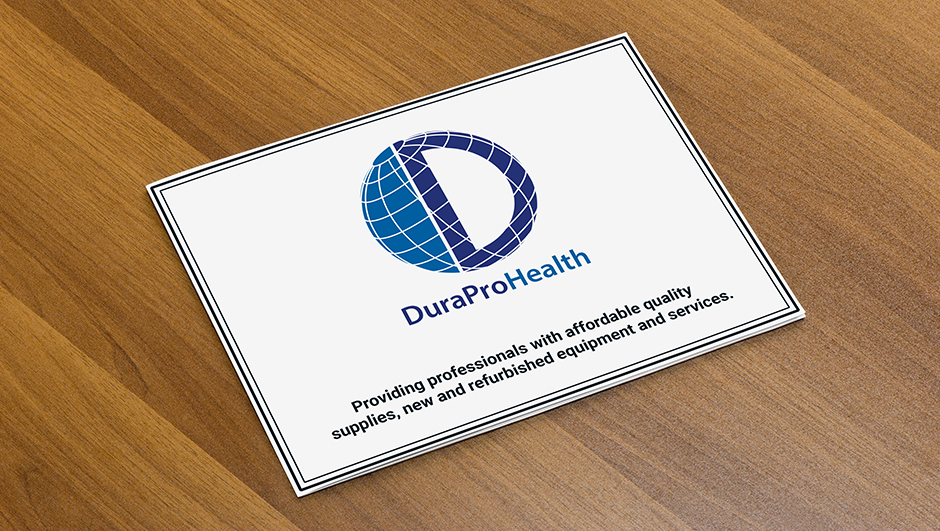Protecting your fingers and hands is important to us all. Hand injuries are one of the leading reasons people end up in the emergency room not only due to work, but due to home injuries as well.
An injury to your fingers or hands due to cut, fracture, burn or allergic reaction, can negatively affect your daily routine. The medical cost of these types of injuries and illnesses is estimated in the hundreds of millions of dollars each year.
How many times have you grabbed a sharp object, touched a hot surface, felt pain in your hand because of how you were gripping a tool or twisting your wrist, come close to getting your hand or finger caught between a piece of wood or metal, or had your skin come in contact with an irritating substance? If you can think of even one time for any of these, it is one time too many.
There are many hazards that can result in a hand injury, including:

- Punctures or lacerations caused by a sharp pointed tool or jagged edges on equipment
- Pinched or fractures caused by a slipping wrench, turning wheels, or being struck by a falling object
- Strains or sprains caused by using the wrong tool for the job, or one that is too big or heavy for your hand.
- Burns caused by direct contact with a hot surface or a chemical.
- Dermatitis and other skin disorders caused by direct contact with chemicals in products and materials.
You should always use the proper gloves for the job at hand. But even having the right gloves and safety procedures in place won’t protect you if they’re not properly used or followed.
Be aware of the job tasks, equipment, and materials to be used during your project and evaluate the risks or possibilities of coming in contact with a hazard.
- Always stay alert and focused on keeping your hands safe – not just at the start of work or a task but all the way through the project.
- Keep guards on machinery and power tools in place – Don’t remove or reposition them.
- Use tools and equipment designed for the work being performed and use them as instructed by your supervisor and/or the manufacturer.
- Don’t put your hands or fingers near the moving parts of a power tool or equipment. Make sure machinery and power tools are completely off before you try replacing, cleaning or repairing parts.
- Identify safety features on tools and equipment before you use them, such as emergency off switches.
- Check tools and equipment to make sure they are in proper working order before beginning a task.
- Keep hands and fingers away from sharp edges (blades, protruding nails, etc.).
- When cutting with a hand tool (knife, razor, etc..) Never cut towards you. Always cut away from you.
- Select hand tools that are right for your hand (the right size, weight, and features) that allow you to work without your wrist bent.
- Wear the proper gloves for the project. Gloves should always fit your hand and be right for the work being performed. No gloves protect against all hazards and you may need to switch protection mid-stream to ensure you are protected in all phases of the project.
- Whenever possible, eliminate jewelry or lose articles of clothing that could get caught on a moving object.

